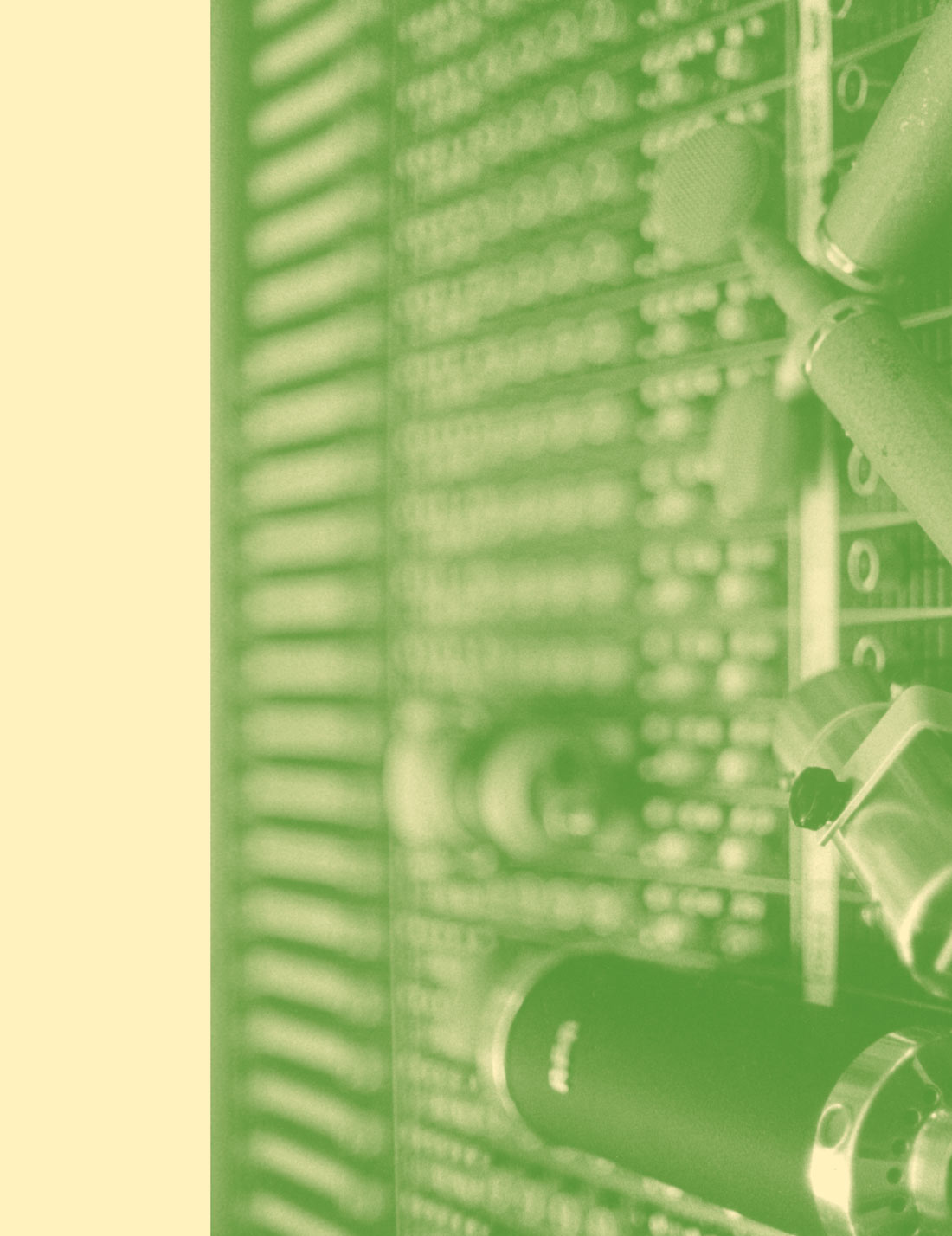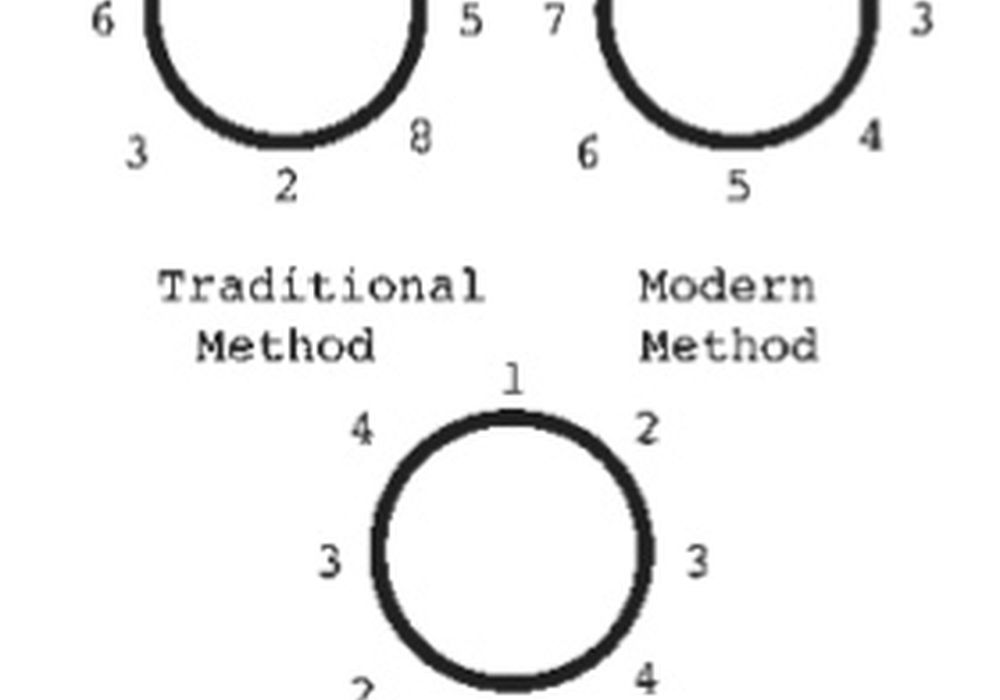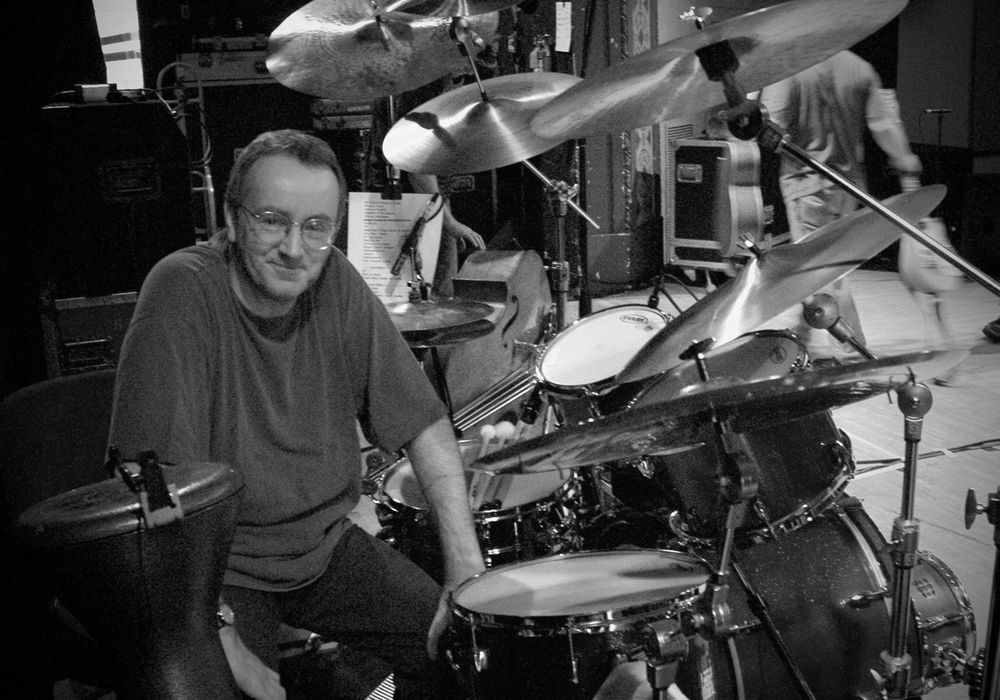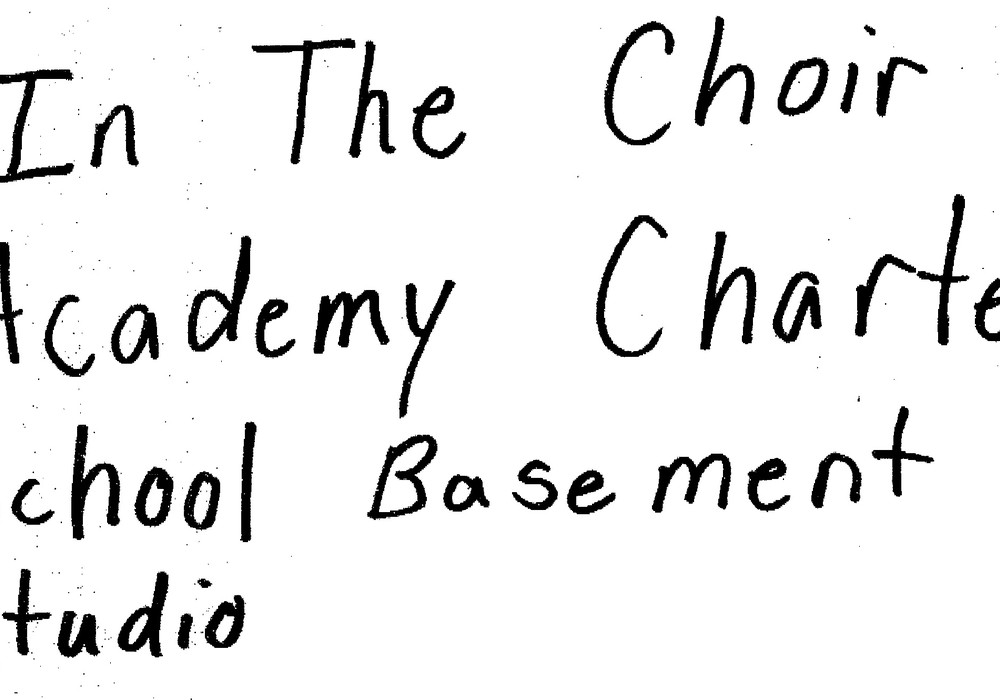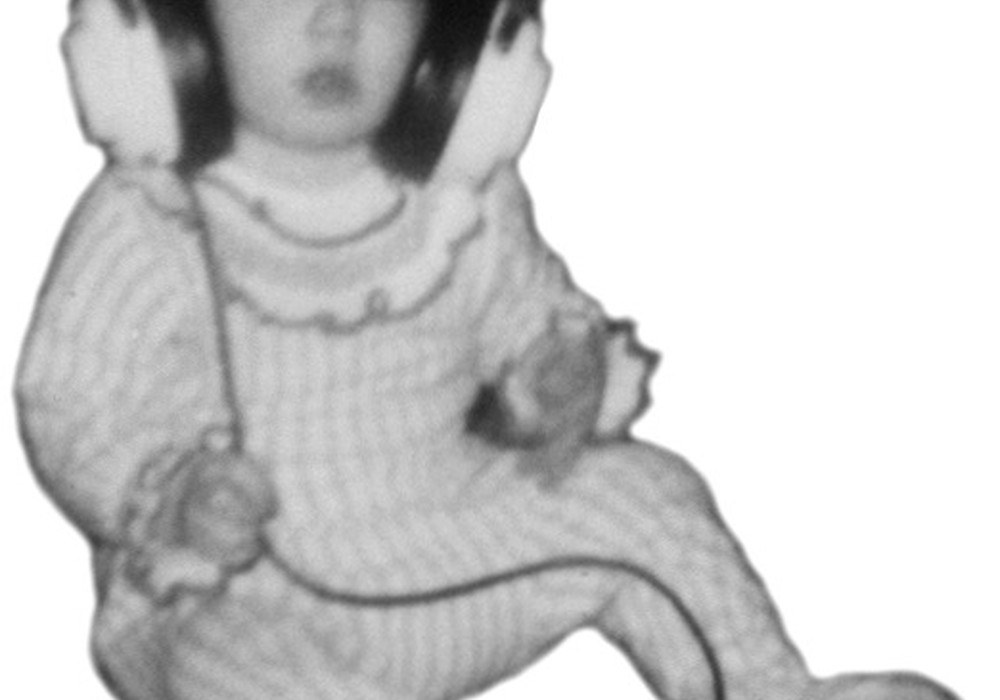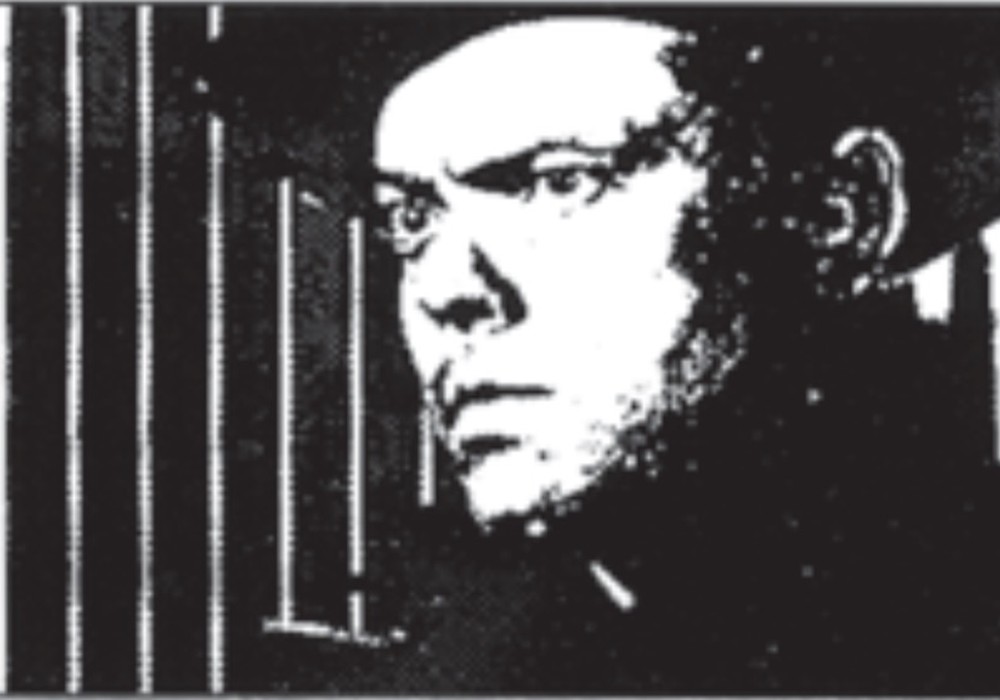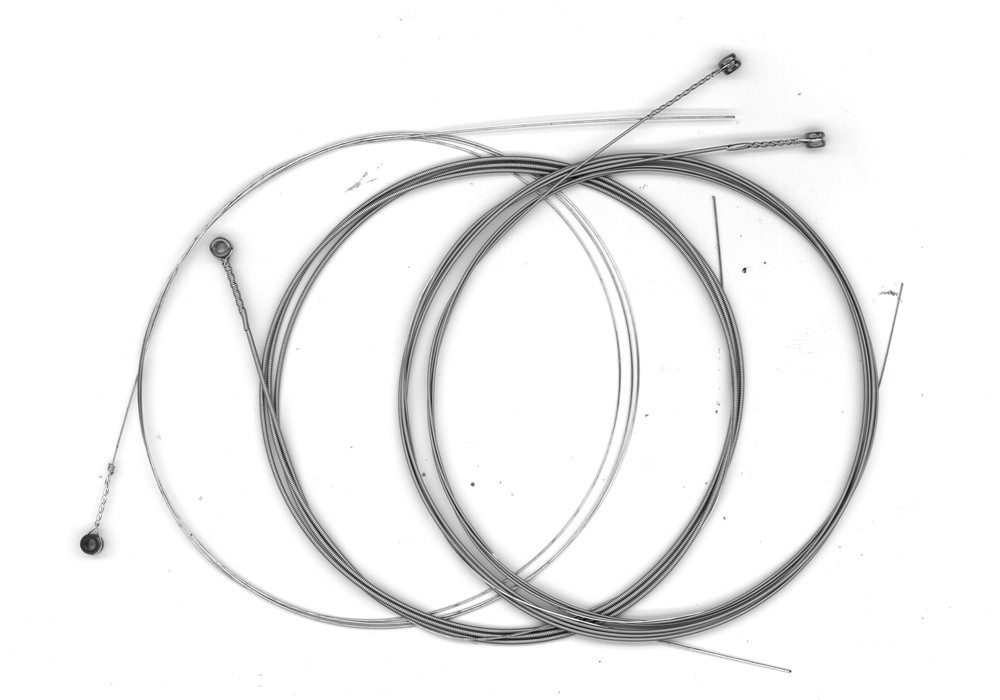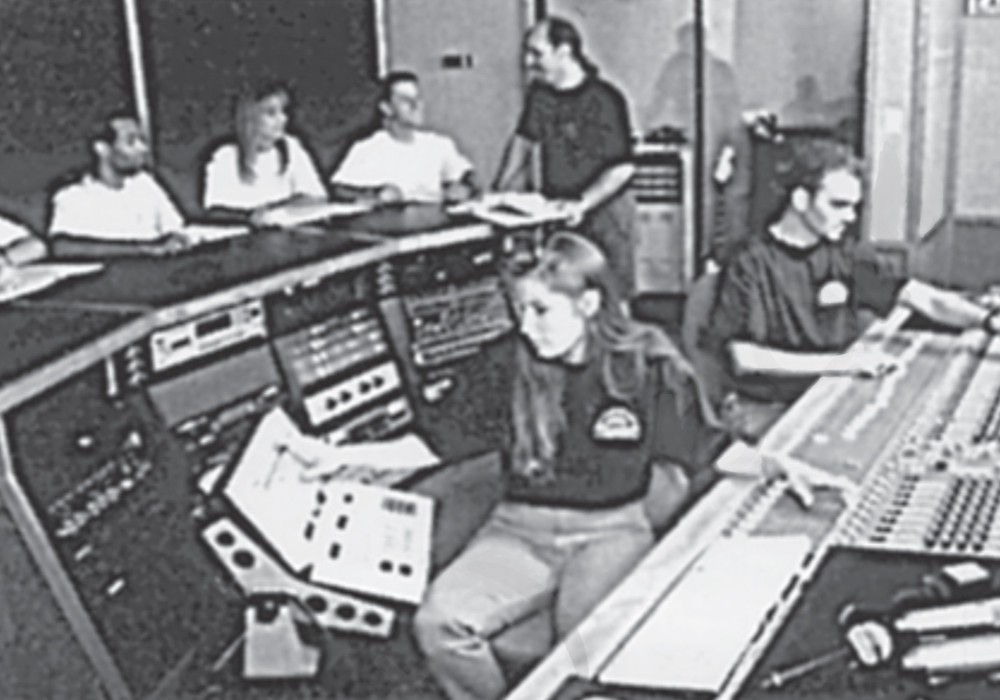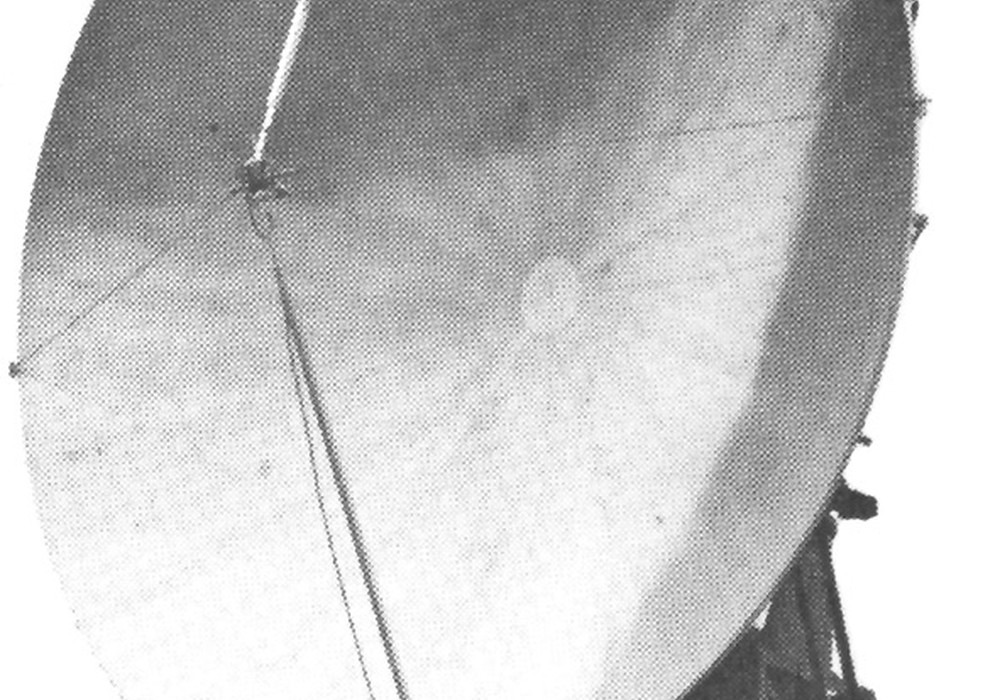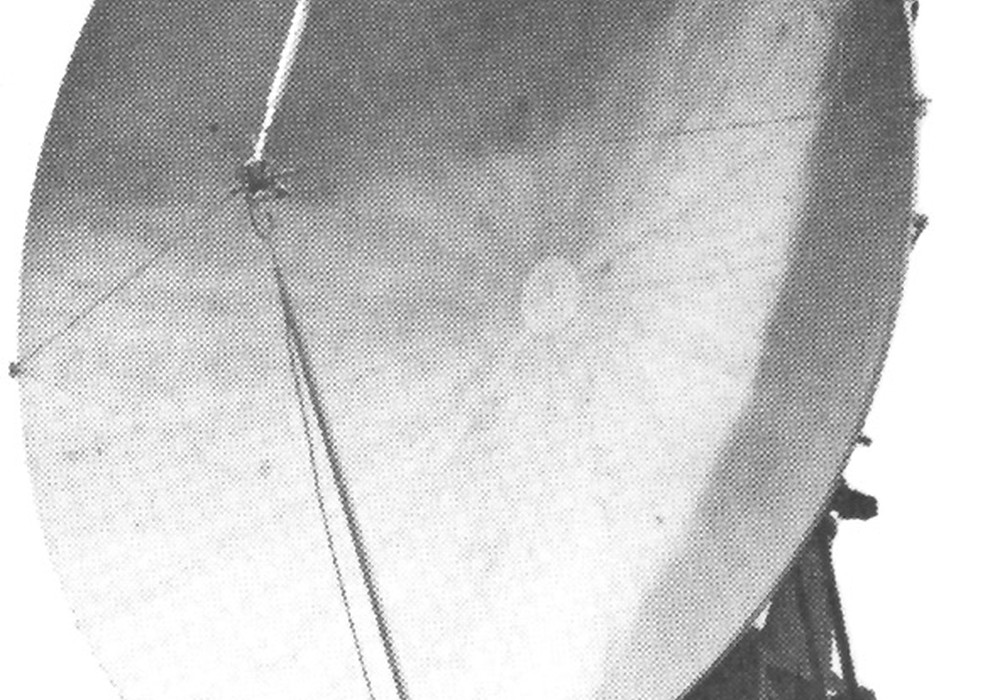Recording music is often a challenge of doing the most amount of work within the shortest amount of time. The demand is that the work be done well and immediately, if not sooner. This is usually due not only to time being in short supply, but energy and patience as well.
Drummers are often the most competent of studio musicians. They generally know much more about their instruments and the sounds they produce than any other member of a band. Many other musicians play one note at a time on one instrument and generally leave the maintenance of their instruments to professionals in that field.
In contrast, a drummer plays eight or more instruments, many of which they have rebuilt or modified several times, and six of which change their sound every time the drummer changes rooms. This makes it necessary to retune and play the drums differently for each gig. Because of this, drummers become expert at generating nearly any sound they want from their kits. Good drummers will listen to the first playback, do some light retuning, make adjustments in performance and have a sound they like by the next playback. All the engineer really needs to do is give the drummer a setup that produces a fair picture of what the kit sounds like, sit back and let the expert do the work.
Eight of anything besides drums would be called a section, and a form of section mic'ing is appropriate on a drum kit. While single or stereo mic'ing isn't usually acceptable for contemporary work, the opposite extreme of overmic'ing a kit to the extent of removing all perspective is even worse. It takes the control of the sound away from the drummer and also creates numerous phase problems.
A little bleed on a drum set is a good thing. A little, that is, not a lot. The two mics sometimes used a couple of feet above a drum kit not only pick up everything else in the studio during a live session, they are also very dangerous in terms of phase cancellation. They can be adjusted to prevent cancellation, but that takes time and still leaves one with the stray pickup problem. What's recommended, then, is to use the least amount of mics to get the job done. This follows Occam's razor, which means that the simplest of two or more competing theories is always preferable. In other words, keep it simple, stupid.
The object is to reproduce the sound of a drum kit as quickly, simply and as faithfully as possible. If a good sound is to be modified by signal processors, great, but it's incredibly time consuming to save a bad sound through processing.
No two drummers set up a kit exactly alike, and there are variations on the number and size of the instruments, so a basic setup can't be absolute. However, with judicious adjustments in mic positions and the addition of a mic here and there for the drummer who brings everything, the following will yield a very good representation of the sound, allow for balancing in about thirty seconds, and encourage the drummer to make performance changes to get exactly what is intended from the playback. I learned this technique from the legendary engineer Malcolm Chisholm and would like to share it here.
A kick drum is usually mic'ed inside the drum shell by a large dynamic placed an inch or two off one side of the shell and pointed more at the shell than the drumhead. Used in this manner, the mic acts as a PZM, picking up the sound traveling along the shell edge and exhibiting little or no proximity effect. Dynamics are generally used because they will stand up under the extreme sound pressure levels inside the drum, their patterns are tight enough to sidestep the phase maze inside the shell, and their slow, transient response discriminates against the snapping attack sound generated by some kick drum heads.
For a floor tom, the choice would again be a large dynamic, placed an inch off the head at the outside and pointed toward the middle of the drum kit.
The snare and hi-hat are often a problem. Mics usually do a poor job of picking up the hat, and using two mics puts them so close to each other as to make phase cancellation inevitable. A solution is available in the form of tiny condenser mics known as lavaliers. They work very well when used for both the snare and hat partly due to their omnidirectional pickup pattern and partly because the pickup element is very small and much faster than other mics. The downside is that it's only aboutaninchlongandhasnomount.Tosolvethis, attach it to the end of an antenna. The lav is then hooked to the side of the snare under the hat. The antenna weighs it down to keep it in place.
Finally, for the rack toms, any small condensers that fit over them will work. Placement is two to three inches off the center side of the tom head pointed down at about thirty degrees and toward the ride or crash cymbal. This placement allows a trick solution to mic'ing these two instruments. A reasonably quick mic looking at the tom sees the big cymbals reflected off the head and again acts like a PZM. The cymbals may come through a little weak, but the drummer can correct that by hitting them harder.
Most of the panning with this technique should be obvious, but since there are no dedicated mics on the big cymbals, a trick is used that requires a small explanation. The main pickup for each big cymbal is a bounce off the head of the closest tom, but there is also a bit of bleed on the floor tom and snare/hi-hat mics. This bleed on mics panned to the outside of the kit pulls the cymbals towards them, and with a small 10 kHz boost on the floor tom mic, results in their appearance about halfway between the rack toms and the floor tom and snare/hi-hat. For lack of a better term, this may be called "phantom" panning.
Hopefully the practice of these techniques will yield a very quick, simple and satisfying drum sound, especially when needed in a hurry. As Malcolm would say, "This ain't rocket science".
